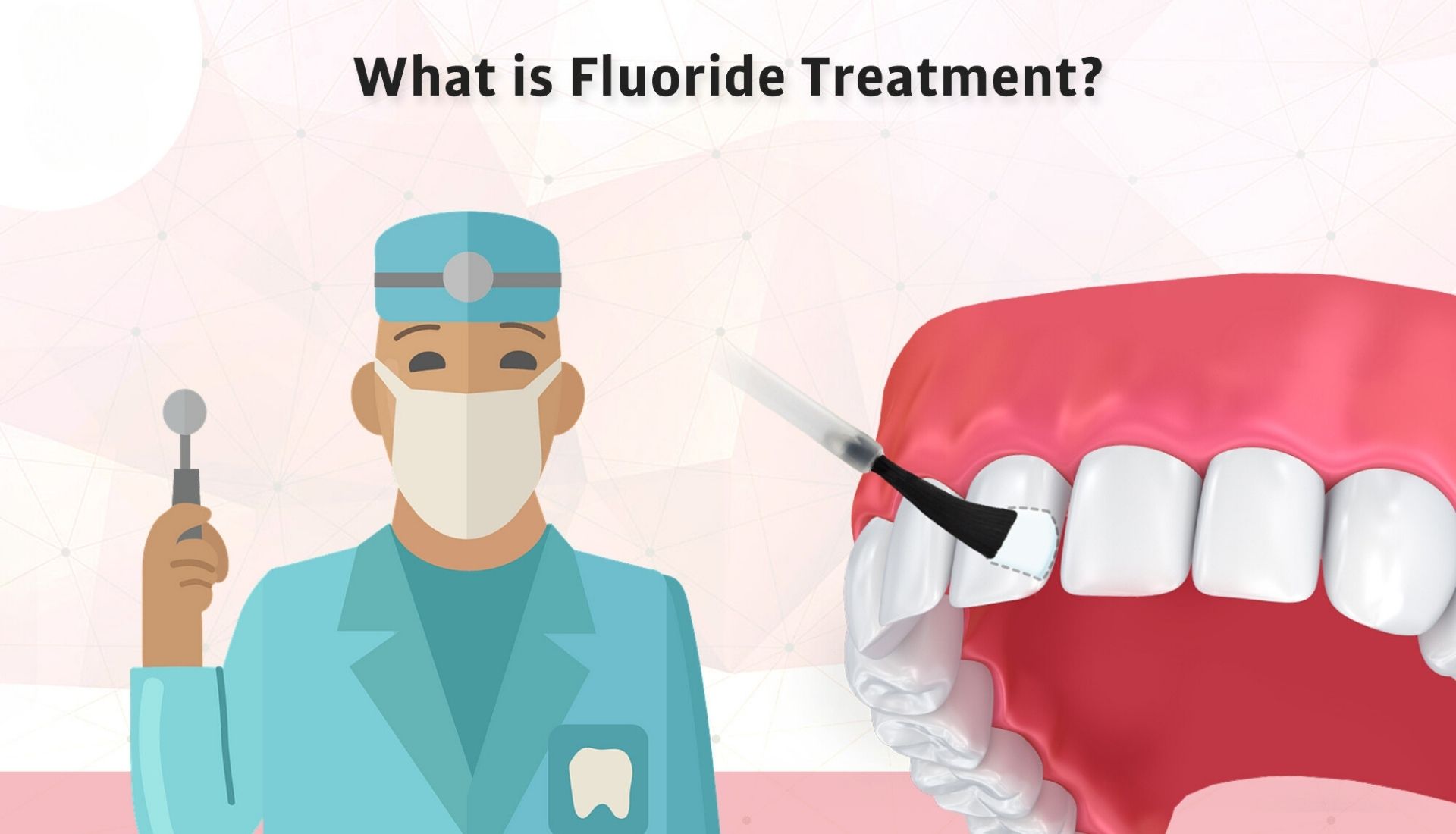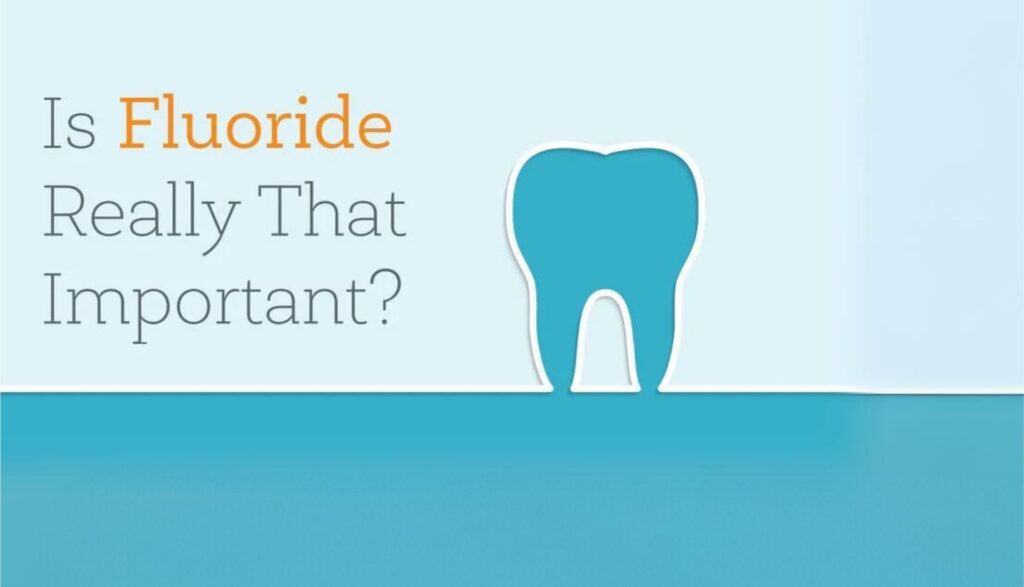Fluoride treatments are a cornerstone of dental health management, lauded for their effectiveness in preventing tooth decay and strengthening enamel. But as with any medical treatment, it’s essential to weigh the benefits against potential risks. This article delves into the world of fluoride treatments, offering a balanced view to help you make informed decisions about your oral health. From understanding what fluoride treatments entail to exploring their pros and cons, we aim to provide a comprehensive overview that demystifies fluoride’s role in dentistry and addresses common concerns.
What Are Fluoride Treatments?
Fluoride treatments are dental procedures designed to boost oral health by strengthening the tooth enamel and reducing the risk of decay. This mineral, naturally occurring in many foods and water, plays a critical role in dental care due to its ability to fight bacteria that harm teeth and gums.
Types of Fluoride Treatments
Several forms of fluoride can be used to apply to teeth, each tailored to different needs and preferences:
- Fluoride Varnish: Applied directly to the teeth by a dentist, fluoride varnish is a highly concentrated form of fluoride that adheres to the surfaces, providing a prolonged treatment benefit. It is commonly used in pediatric dentistry due to its ease of application and effectiveness.
- Fluoride Gel: Dentists typically use this treatment during professional dental cleanings. They apply the gel to the teeth with a tray that fits over the teeth, allowing it to set and penetrate the enamel for several minutes.
- Fluoride Foam: During routine dental visits, dentists use fluoride foam with trays as a quicker option for delivering fluoride, similar to the use of gel.
- Fluoride Mouthwash: Available for both at-home and professional use, fluoride mouthwashes are a convenient way to supplement fluoride intake, especially for those at high risk of dental decay.
Purpose of Fluoride in Dentistry
The primary purpose of fluoride treatments is to prevent tooth decay by making the tooth enamel more resistant to acid attacks from plaque bacteria and sugars in the mouth. Additionally, fluoride has a remineralizing effect, helping to repair early decay before a cavity forms.
Fluoride treatments are an integral part of preventive dental care, particularly for individuals at high risk of dental caries, such as children, elderly adults, and those with dry mouth conditions.
Benefits of Fluoride Treatments
Fluoride treatments offer significant advantages in dental health management, primarily through prevention and cost savings. Here we discuss how fluoride acts as a crucial component in maintaining oral health.
Prevention of Tooth Decay
One of the most significant benefits of fluoride treatments is their ability to help prevent the development of cavities in both children and adults. Fluoride, when applied to the teeth, helps to rebuild (remineralize) weakened tooth enamel and reverses early signs of tooth decay. When you use fluoride, you are more resistant to acids from bacteria in the mouth and sugars in your diet. This resistance means that fluoride effectively helps to prevent the decay process from starting or worsening.
- Strengthening Tooth Enamel: Fluoride integrates into the tooth structure, making it stronger and more resistant to acid attacks. This integration not only helps prevent decay but can also slow down or stop the progression of existing cavities.
- Evidence of Effectiveness: Numerous studies have validated the preventive benefits of fluoride. Research indicates that fluoride treatments can reduce the risk of cavities by about 25% in children and adults, according to data from the Centers for Disease Control and Prevention (CDC).
Cost-Effectiveness
Investing in fluoride treatments can save money in the long run by avoiding more expensive dental procedures needed to treat advanced tooth decay, such as fillings, crowns, and root canals. Preventive measures like fluoride applications are typically a fraction of the cost of restorative treatments.
- Comparison with Dental Repair Costs: The cost of a fluoride treatment is considerably lower than that of filling a cavity or more invasive procedures required for severe cases of decay.
- Long-term Financial Benefits: Regular fluoride treatments are an investment in dental health, potentially saving individuals and families significant amounts in future dental bills.
-
Risks of Fluoride Treatments
While fluoride treatments offer substantial benefits in preventing dental decay, they are not without their risks and controversies. This section will explore potential health risks and ethical concerns that have emerged around the use of fluoride.
Potential Health Risks
The primary concern associated with excessive fluoride intake is dental fluorosis, a cosmetic condition that affects the teeth during their development under the gums. Faint white lines or streaks on the teeth are a characteristic, but they become more noticeable with higher levels of exposure.
- Dental Fluorosis: Children under the age of eight are most frequently affected when they are exposed to high levels of fluoride during tooth development. It’s important to monitor fluoride sources to prevent fluorosis, including adjusting fluoride levels in community water supplies where necessary.
- Other Health Concerns: Researchers continue to debate and study the potential link between high fluoride exposure and other health issues, such as bone problems or cognitive effects. However, most studies confirm the safety of fluoride at the levels used in dental treatments and community water fluoridation.
Recommendations from Dental Professionals
Consulting with a dental professional is crucial. Dentists can provide personalized advice based on an examination of your teeth and medical history:
- Professional Assessment: A dentist will evaluate your oral health status and risk factors to recommend whether fluoride treatments would be beneficial for you.
- Access to Treatment: Discuss with your dentist about the types of fluoride treatments available, such as professional applications during dental visits or at-home options like mouthwashes and gels.




